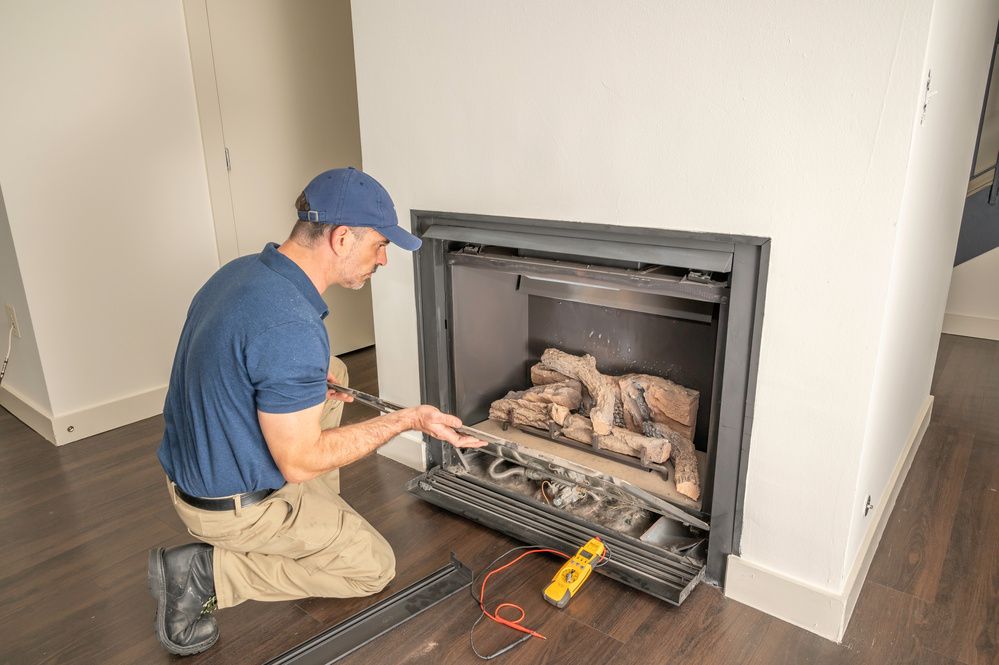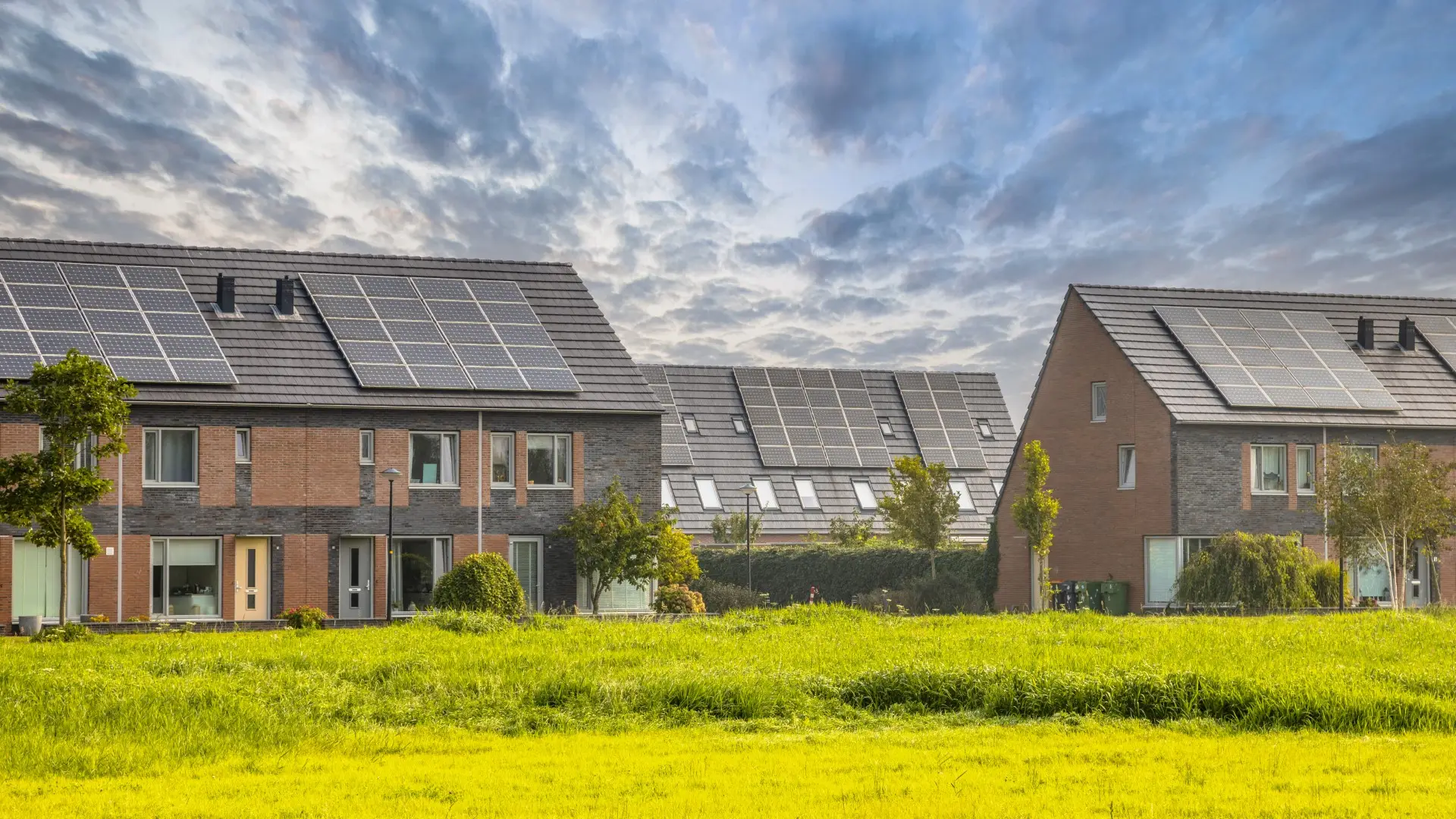Installation Insights: What to Expect When Adding a Fireplace
Adding a fireplace to your home is a timeless and inviting choice that can transform the ambiance of any space.
Whether it’s the classic crackle of a wood-burning hearth, the convenience of a gas fireplace, or the modern aesthetics of an electric unit, the installation process holds key insights.
This article offers a comprehensive guide to help you navigate the journey of adding a fireplace to your home while understanding what to expect at every turn.
Types of Fireplaces
When selecting a new fireplace for your home, you’ll encounter various types, each with unique features and advantages. Here’s a brief overview of the most common types.
Traditional Wood Burning Fireplaces
Wood fireplaces are the classic choice, known for their rustic charm and cozy ambiance. They burn logs or firewood to create real flames and heat.
Advantages
- Authentic crackling sounds and aromatic scents.
- Provides excellent warmth and a traditional aesthetic.
- Ideal for those who enjoy the process of tending a fire.
Considerations
- Requires a chimney for proper ventilation.
- Regular cleaning and maintenance are necessary.
- Fuel (wood) needs to be sourced and stored.
Gas Fireplaces
Gas fireplace installation’s are known for their convenience and versatility. They use natural gas or propane to produce flames.
Advantages
- Easy and convenient operation with the flip of a switch or remote control.
- Minimal maintenance and no need for wood storage.
- Adjustable flame settings and heat output.
Considerations
- Installation typically requires a gas line.
- It may not provide the same ambiance as wood-burning fireplaces for some homeowners.
Electric Fireplaces
Electric fireplaces are designed for both aesthetics and heating. They feature electric heating elements and simulated flames.
Advantages
- Easy installation; plug-and-play in most cases.
- No ventilation or fuel requirements make them versatile for various room placements.
- Adjustable heat and flame settings for year-round use.
Considerations
- Flames are artificial and may not provide the exact authenticity of natural fires.
- Heat output may not be as robust as wood or gas options.
Pre-Installation Preparation
Before you install your fireplace, thorough pre-installation preparation is vital to ensure safety, efficiency, and an aesthetically pleasing outcome. This phase involves a series of essential steps:
Assessing Your Space
Begin by accurately measuring the space where the fireplace will be installed. This includes both the width and height of the area. Ensure that your chosen fireplace model fits comfortably within these dimensions.
Decide on the optimal location for your fireplace. Factors to consider include room layout, visibility from various angles, and how the fireplace integrates with your interior design.
Safety Considerations
Be aware of the required clearances for your specific fireplace type. Different fuels (wood, gas, or the electric fireplace) and models have distinct safety clearances that must be adhered to.
These clearances typically involve the distance between the fireplace and nearby combustible materials such as walls, floors, and furniture. Ensure compliance with local building codes.
Professional vs. DIY Installation
Regarding fireplace installation, homeowners choose between hiring a professional and tackling the project themselves. Each option has its advantages and considerations.
Advantages of Hiring a Professional
Professional fireplace installers bring extensive knowledge and experience to the job. They understand the intricacies of various fireplace types, ventilation systems, and safety protocols.
Building codes and regulations can vary by location. Professionals are well-versed in local codes and ensure the installation complies with all safety and legal requirements. This compliance is essential for insurance coverage and resale value.
DIY Installation Considerations
Some homeowners opt for DIY installations, especially with pre-fabricated fireplaces or fireplace kits. These kits come with instructions and components designed for easy assembly. However, even with kits, it’s crucial to understand the process well and follow instructions meticulously.
DIY installations can be challenging, especially for wood-burning fireplaces that require proper ventilation and chimney systems. Challenges may arise in ensuring a secure fit, proper sealing, and adequate ventilation.
If you have an old fireplace that you’re considering replacing, it’s worth considering whether brands like Brick-Anew can transform your fireplace before starting. You can often get the same result, without all the fuss.
Obtaining Permits and Compliance
When undertaking a fireplace installation project, navigating the legal and safety aspects is essential.
Local Building Permits
Start by researching the building codes and regulations in your area. Each jurisdiction may have specific requirements regarding fireplaces and their installations.
Once you understand the local regulations, apply for the necessary permits. This typically involves submitting detailed plans of your fireplace project to the local building department.
Be prepared to pay any applicable permit fees. The fireplace costs can vary depending on your location and the project’s complexity.
Compliance with Safety Standards
Ensure that your fireplace installation complies with all safety codes and standards. This includes proper clearance distances from combustible materials, safe venting systems, and other safety measures.
Follow the manufacturer’s guidelines for your specific traditional fireplace model. These guidelines often provide instructions on installation, clearances, and maintenance.
Inspections and Approvals
After the installation is complete, schedule inspections with the local building department. Inspectors will assess the work to ensure it meets safety and compliance standards.
Once your fireplace passes inspection, you’ll receive approval from the authorities. Keep copies of all inspection reports and approvals for your records.
Ensure that you have all the necessary documentation, including permits, inspection reports, and compliance certificates, as they may be required for insurance or future real estate transactions.
The Installation Process
Installing a fireplace is a complex procedure involving many crucial steps for safety, functionality, and aesthetic appeal.
Preparation of the Installation Site
Begin by conducting a thorough site assessment to determine the optimal location for your fireplace. Consider existing structures, clearance requirements, and proximity to combustible materials.
Check regulations and local building codes to make sure you comply. Obtain any necessary permits before starting the installation.
Building the Fireplace Structure
Create a suitable foundation or hearth for the fireplace. The type of foundation will depend on the fireplace design and size. Install the firebox, which is the chamber where the fire will burn. Ensure proper insulation and fireproof materials are used.
Ventilation and Exhaust Systems
If you have a wood fireplace or new gas fireplace, build or install the chimney system. Ensure it meets the height and clearance requirements for safe smoke and gas exhaust. Install a flue liner inside the chimney to improve draft and reduce heat transfer to combustible materials.
Conclusion
Incorporating a fireplace into your home is a decision that brings warmth, charm, and ambiance. Whether you opt for the rustic crackle of wood, the convenience of gas, or the modern electric aesthetics, thorough preparation and compliance with safety standards are paramount. With the right knowledge and planning, your fireplace installation will provide comfort and joy for years.







